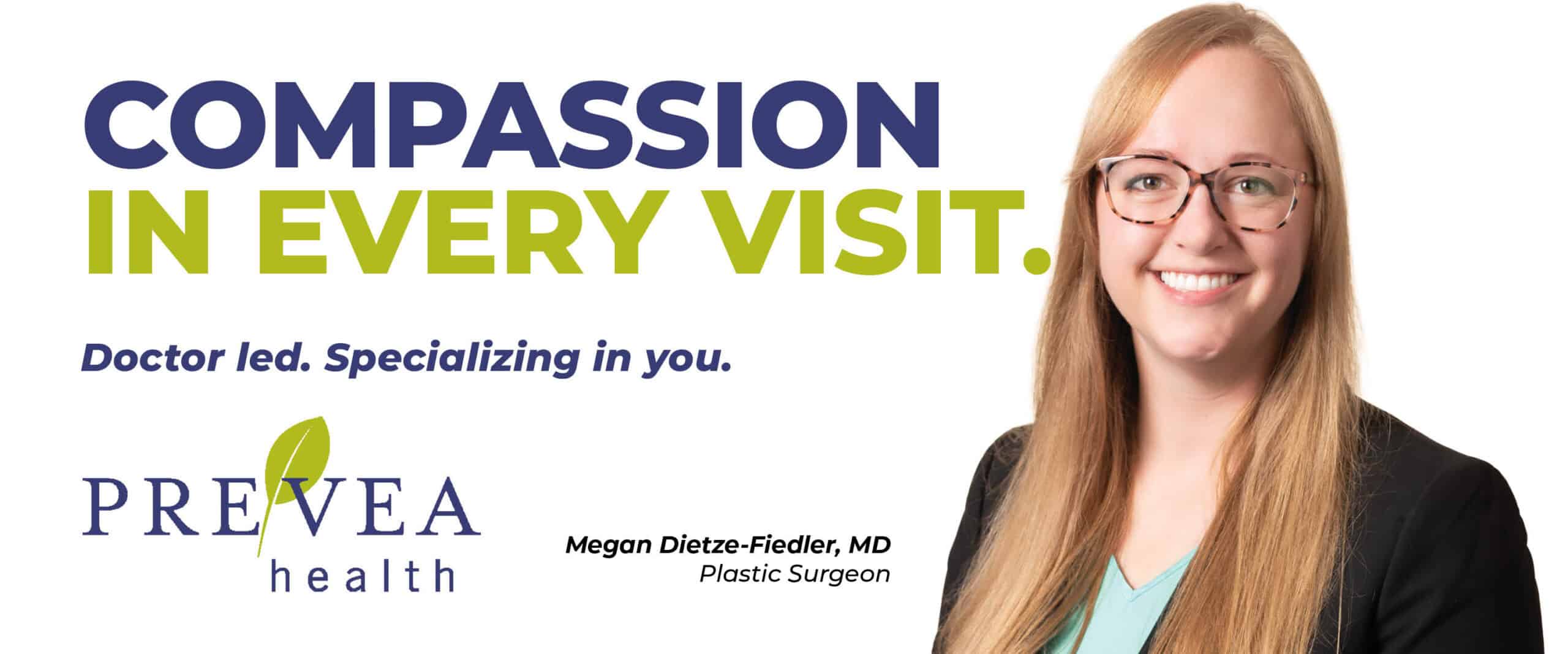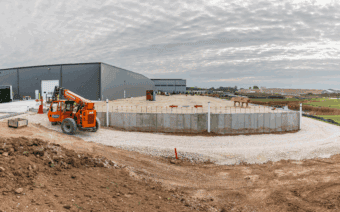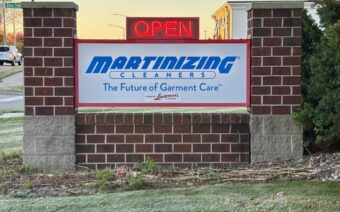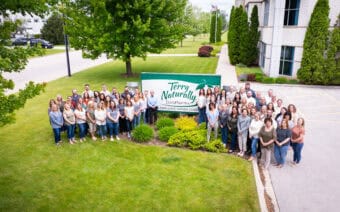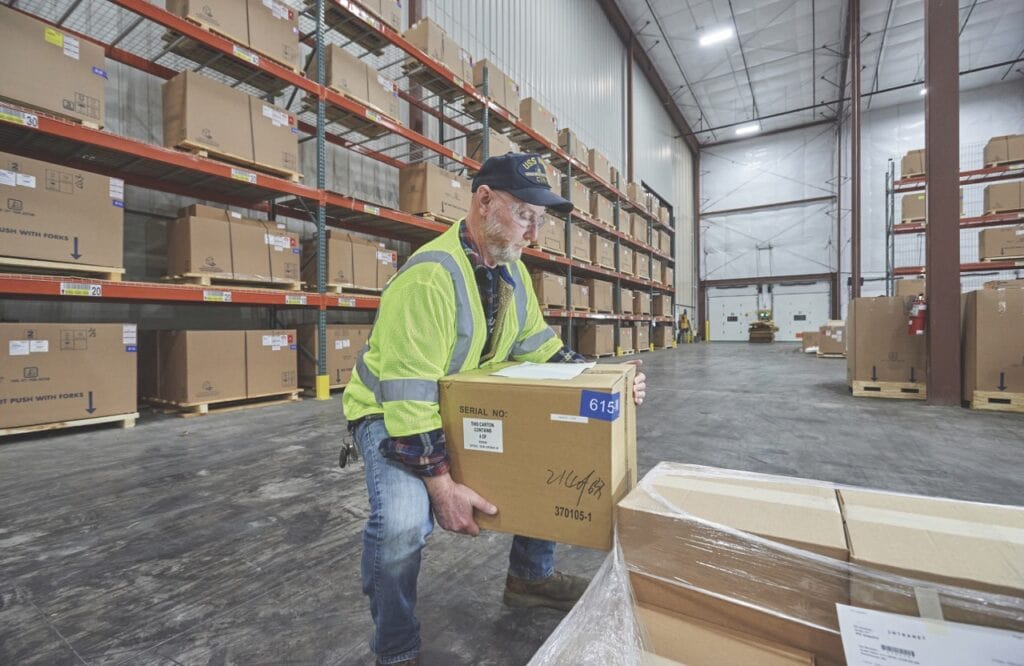
June 30, 2025
NORTHEAST WISCONSIN – J. J. Keller Center for Market Insights, “the collaborative research arm of J. J. Keller & Associates,” recently released its first benchmark study on the State of Environmental Health and Safety (EHS), which Stacy Shea – a senior customer and market insights analyst for J. J. Keller – said focuses on “better understand(ing) the realities and challenges EHS professionals are facing today,”
“We have previously done benchmarking studies for fleets, we’ve done benchmarking studies specifically on PPE (personal protective equipment) and then we had a study we did that was focused on environmental/sustainability,” she said. “We really thought now was the time to launch this study that focuses on the state of environmental health and safety.”
Via an online survey both disseminated to J. J. Keller customers and published in “several industry publications,” the study (available for free online at jjkellersafety.com) states the data was collected between Nov. 18 and Dec. 2, 2024.
In addition, Shea said members of J. J. Keller’s Insights Community Panel were invited to participate in the survey.
“That’s a group of individuals – (those who) have raised their hands and have said, ‘Hey, I’m really interested in working with J. J. Keller and having my voice be heard, (or) to be part of (a) panel for some specific research opportunities,” she said. “It was made available to both the general industry – folks who aren’t customers of J. J. Keller – and then also customers of ours.”
Per the study, of the 1,027 survey respondents, 979 had “some level of responsibility for EHS activities” in their respective companies.

“When we look at who responded to the study, it was kind of across the board,” Shea said. “Those who operate in the manufacturing space (and) in the construction space were some of the top industries that were responding. But this really applies to anybody that is involved with… environmental health and safety or just health and safety.”
Challenges
Compiling responses from companies of all sizes, the study showed the larger an organization, the more full-time EHS professionals it tends to hire – with 83% of respondent companies employing more than 2,500 people reporting they had more than five EHS professionals on staff.
Some of the EHS challenges identified by respondents in the study, include:
- Developing and maintaining programs (67%)
- Keeping up with regulatory changes (66%)
- Training and evaluating workers (59%)
The degree of complexity among EHS regulations, Shea said, makes it especially important to understand these challenges.
“There’s a lot of regulation in the industry (and) there’s a lot of complexity to those regulations,” she said. “So, we’re really trying to understand (and) learn from our customers – industry professionals themselves – where their realities and challenges are.”
According to the study, companies are frustrated “with getting employees to understand the importance of safety and consistently follow procedures” and “struggle to balance EHS needs with other business demands.”
“I think highlighting that and sharing that with other industry professionals (is important) so that they understand they’re not alone,” Shea said.
With 77% of EHS professional respondents reporting they struggle to ensure employees apply their training to their work, a key takeaway presented in the study states that “effective training and education are crucial to compliance,” with “sufficient employee engagement and ownership of safety” also being a critical component.
In the study, Joe Proulx – an EHS editor at J. J. Keller – wrote that companies should think about how close “current training is to the actual job workers are doing” and to make whatever training employees engage in “meaningful” to help increase engagement and efficacy.
“One great place to get frontline workers more involved is in hazard analysis,” he said. “They know their work best and will have ideas and solutions for mitigating the risk. You just have to ask.”
Culture
As the “modern workplace” continues to evolve, Proulx wrote in the study’s forward that J. J. Keller’s “inaugural ‘State of EHS’ benchmarking survey took the temperature of how safety professionals feel about safety in their organizations and the overall state of safety.”
That angle, Shea said, led to illuminating results when it comes to safety and regulatory compliance.
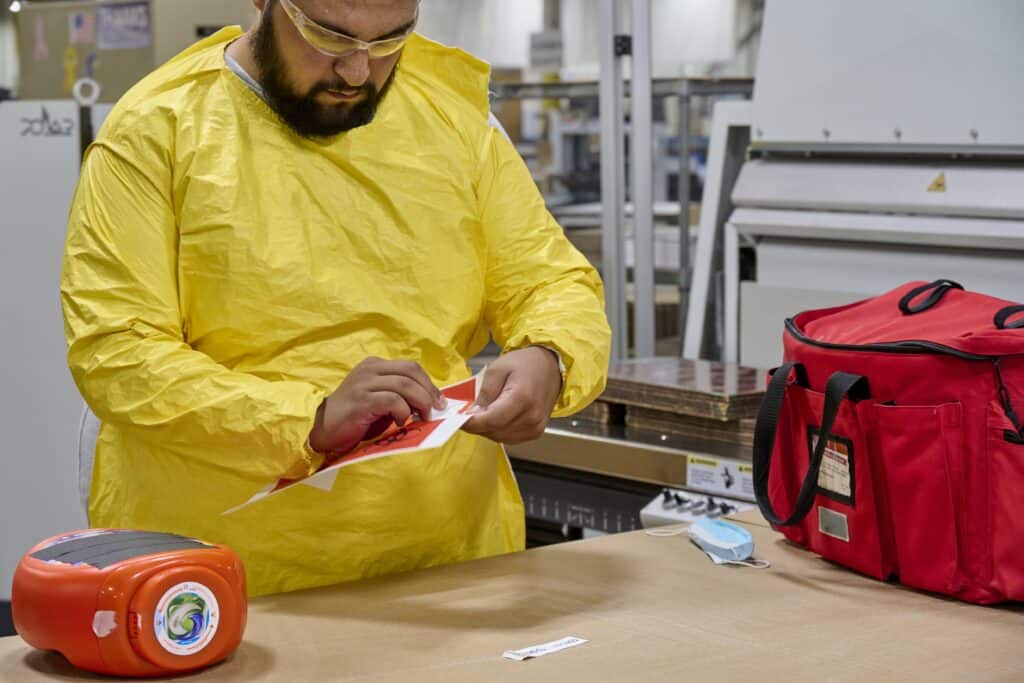
“For me, personally, it really shed some light into what that looks like,” she said. “I think we know that keeping up with the ever-changing regulatory landscape is challenging, and this study did highlight that, but what it also revealed is EHS professionals’ current focus isn’t solely on compliance. Instead, it’s focused on building a sustainable safety culture through engagement – not only with their employees but engaging their management and engaging executive leadership.”
Ranking EHS initiatives, respondents noted in the study that they felt that “fostering a strong safety culture where employees consistently prioritize safety” yielded the most impactful results, such as:
- 64% reporting a reduction of environmental incidents
- 59% reporting reduction in violations/non-compliance fines
- 58% reporting stronger employee engagement
Asking respondents about changes in the industry and what the future of EHS looks like for them, Shea said, helps the companies benchmark where they currently are, while also helping J. J. Keller identify how to serve the needs of its customers across various industries.
“I think for us, benchmarking that – knowing… their current state (and) where they anticipate this industry is heading – it allows others in the industry to stay ahead of things (and) also allows us, as an organization, to stay on top of those things to make sure we’re assisting and addressing our customers where they’re at,” she said.
According to information gathered from the study, the EHS industry has seen a recent increase in regulations – a trend some respondents expect to continue while others don’t – and that “employee engagement in EHS practices will become even more important” as the regulatory landscape changes.
That, Shea said, is what makes surveys, data and studies, like J. J. Keller’s, so important.
“We’ve heard in the past that compliance, resource, constraints, training – all those things are challenges – but getting at those top of mind challenges, we were able to glean that, really, their focus is building a sustainable safety culture, how important that was to them and how they’re trying to engage everyone at their organization to ensure they remain compliant,” she said. “I was just excited to see so many folks share some of that raw feedback with us.”
For more information on the study, J. J. Keller or its Center for Market Insights, visit jjkeller.com.
 Day’s Bowl-A-Dome rolls into a new era
Day’s Bowl-A-Dome rolls into a new era Seven companies set to participate in TTT’s Start-up Draft Combine
Seven companies set to participate in TTT’s Start-up Draft Combine

